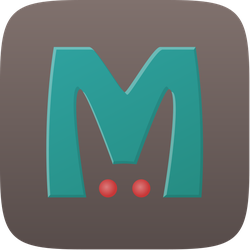View Current
Viewing Revision #5 from 11/05/2018 9:36 p.m.
History
Memcached was originally developed by Brad Fitzpatrick from Danga Interactive for LiveJournal. It was originally written in Perl, but is rewritten in C by Anatoly Vorobey. Now Memcached is used widely in many systems, including YouTube, Twitter, Facebook, and Wikipedia. It is also provided in many cloud platform services, including Google App Engine, Microsoft Azure, and Amazon Web Services.
View Current
Viewing Revision #5 from 11/05/2018 9:36 p.m.
